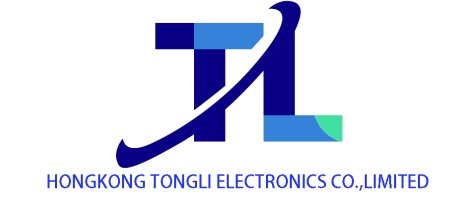Global Storage Market Faces Price Surge, Driven by Multiple Factors Reshaping Supply-Demand Dynamics
Recently, the global storage market has witnessed a new round of price surge. The tight supply of HDDs (Hard Disk Drives) has acted as a trigger, while the demand for NAND flash memory has surged sharply. Relevant enterprises have reported outstanding performance, though some manufacturers are also confronted with technological challenges.
The price hike stems from multiple factors. Generative AI has driven an explosion in data volume. Features such as OpenAI’s text-to-image and Google’s text-to-video have sparked a boom in video generation, significantly boosting the demand for storage. Meanwhile, the shortage of HDDs has created a storage gap. Western Digital has notified a price increase for its entire HDD product line, with delivery cycles extended to 6-10 weeks, and the lead time for some storage products even exceeding one year. Currently, cloud service providers face a storage demand gap of approximately 180-200 EB, which exceeds the estimated supply of QLC NAND (Quad-Level Cell NAND) of 173 EB in 2025. This gap may cause the price increase effect of QLC to spill over to TLC SSDs (Triple-Level Cell Solid State Drives), driving up the overall NAND prices.
Market changes have led to divergent performance among enterprises. Phison Electronics has benefited significantly. With a large inventory of TLC NAND, the company has seen a rise in TLC quotes amid the substitution effect caused by HDD shortages. In August, Phison’s revenue reached NT5.934 billion, a year-on-year increase of 23.48%, and its after-tax net profit stood at NT650 million, a staggering year-on-year surge of 49 times. In the long run, Phison is also expected to undertake more outsourcing orders for consumer-grade controller chips from global flash memory original equipment manufacturers (OEMs) and enter the AI server data storage market through eSSDs (Embedded Solid State Drives). In contrast, Samsung Electronics has encountered technological bottlenecks in promoting the commercialization of V9 QLC NAND. The performance of initial products has declined, requiring improvements in design and manufacturing processes. It is expected to complete these improvements by the first half of 2026 at the earliest, and currently, Samsung is at a relative disadvantage in the QLC NAND niche market.
Looking ahead, the upward trend in storage market prices may continue. Original manufacturers such as Micron and SanDisk have suspended quoting, and new quotes are expected to increase by 10%-30%. Pan Chien-cheng, CEO of Phison, believes that NAND will still be in short supply next year and expects a moderate price increase. Additionally, the price rise of DDR4 has exceeded expectations, with the quarterly contract price increase in the fourth quarter far surpassing forecasts. Due to the upward revision of DDR4 demand in the server segment in 2026, its contract price is expected to continue rising until the second quarter of 2026. The supply-demand pattern of the global storage market is being reshaped, and enterprises need to respond proactively to seize opportunities.
